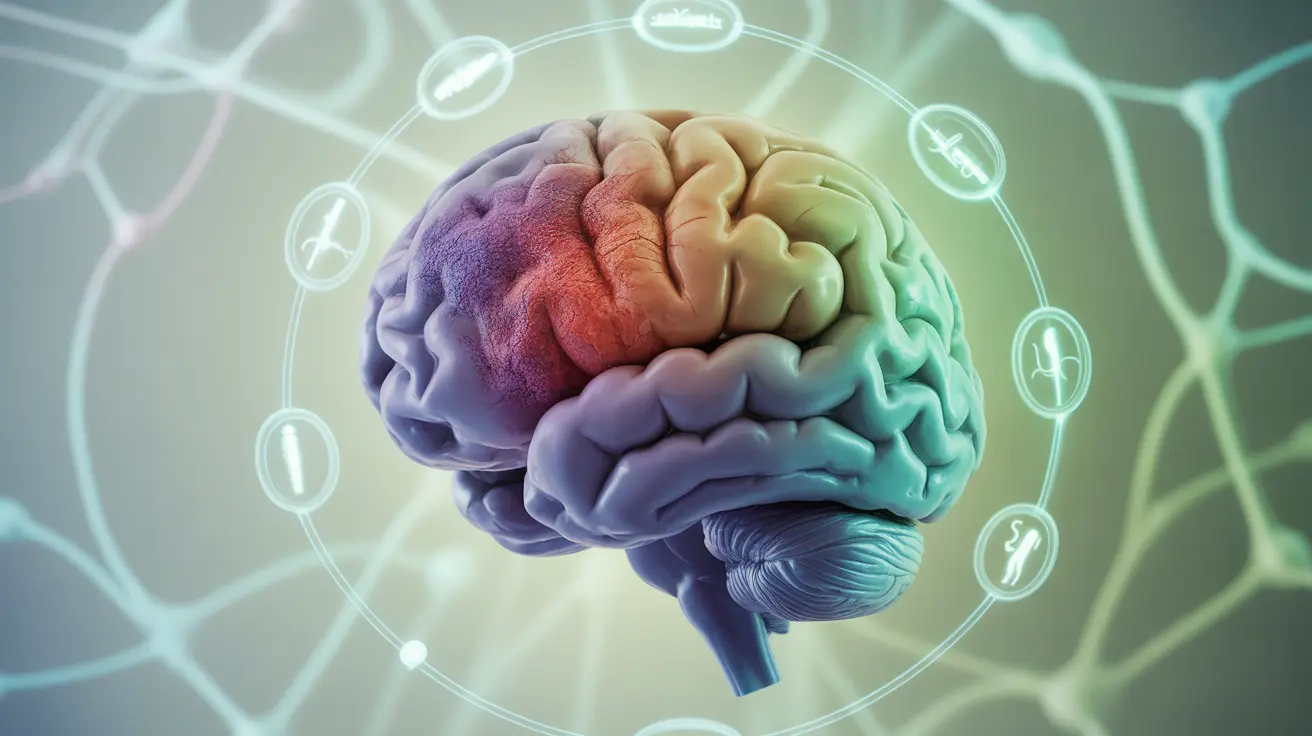Stroke recrudescence is a complex neurological phenomenon where stroke-related symptoms temporarily reappear months or even years after the initial stroke event. This condition can be alarming for both patients and caregivers, but understanding its nature, triggers, and management strategies is crucial for better outcomes.
While less commonly discussed than new or recurrent strokes, recrudescence requires careful attention and proper medical evaluation to ensure appropriate care and distinguish it from other stroke-related events.
What is Stroke Recrudescence?
Stroke recrudescence occurs when symptoms from a previous stroke temporarily resurface, often mimicking the original stroke symptoms. This reemergence of symptoms happens in the same area of the brain that was initially affected, but importantly, it does not indicate new damage to the brain tissue.
Common Triggers and Causes
Several factors can trigger stroke recrudescence, including:
- Infections or illness
- Extreme stress
- Dehydration
- Sleep deprivation
- Significant changes in blood pressure
- Medication changes
- Physical exhaustion
Understanding these triggers is essential for prevention and management of recrudescence episodes.
Identifying Symptoms
Symptoms of stroke recrudescence typically mirror those experienced during the original stroke, which may include:
- Temporary weakness or paralysis
- Speech difficulties
- Vision problems
- Balance issues
- Coordination problems
- Sensory changes in affected areas
Distinguishing Features
Key characteristics that differentiate recrudescence from new strokes include:
- Symptoms occur in the same location as the original stroke
- Symptoms are typically temporary and reversible
- No new brain damage is present on imaging
- Symptoms often improve with rest and trigger management
Diagnosis and Assessment
Healthcare providers diagnose stroke recrudescence through:
- Detailed medical history review
- Comparison with original stroke symptoms
- Neurological examination
- Brain imaging to rule out new stroke
- Assessment of potential triggers
Treatment and Management Strategies
Managing stroke recrudescence involves a multi-faceted approach:
Immediate Response
When symptoms occur, immediate steps include:
- Seeking medical evaluation to confirm diagnosis
- Resting in a calm environment
- Maintaining proper hydration
- Addressing any identified triggers
Long-term Management
Long-term strategies focus on prevention and include:
- Regular medical check-ups
- Stress management techniques
- Maintaining consistent sleep patterns
- Proper medication adherence
- Lifestyle modifications
Prevention Strategies
Preventing recrudescence episodes involves:
- Identifying and avoiding personal triggers
- Managing underlying health conditions
- Following a healthy lifestyle
- Regular exercise within recommended limits
- Maintaining proper hydration
- Stress reduction techniques
Frequently Asked Questions
What causes stroke recrudescence and how can it be triggered years after the initial stroke? Stroke recrudescence is typically triggered by factors that stress the body or brain, such as infections, extreme fatigue, dehydration, or emotional stress. These triggers can activate previously damaged neural pathways, causing temporary symptom recurrence even years after the initial stroke.
What are the common symptoms of stroke recrudescence and how do they differ from a new stroke? Recrudescence symptoms mirror those of the original stroke but are temporary and occur in the same affected areas. Unlike new strokes, these symptoms typically improve with rest and trigger management, and don't cause additional brain damage.
How is stroke recrudescence diagnosed and distinguished from a new or recurrent stroke? Diagnosis involves medical history review, neurological examination, and brain imaging to rule out new damage. The key distinguishing factor is that symptoms match the original stroke location and typically resolve without new brain injury.
What are the effective treatments or management strategies for stroke recrudescence episodes? Treatment focuses on addressing triggers, rest, hydration, and stress reduction. Long-term management includes regular medical monitoring, lifestyle modifications, and trigger avoidance strategies.
How can patients with a history of stroke reduce the risk of experiencing stroke recrudescence? Risk reduction involves maintaining good health practices, managing stress, ensuring proper sleep, staying hydrated, and working closely with healthcare providers to identify and avoid personal triggers.




